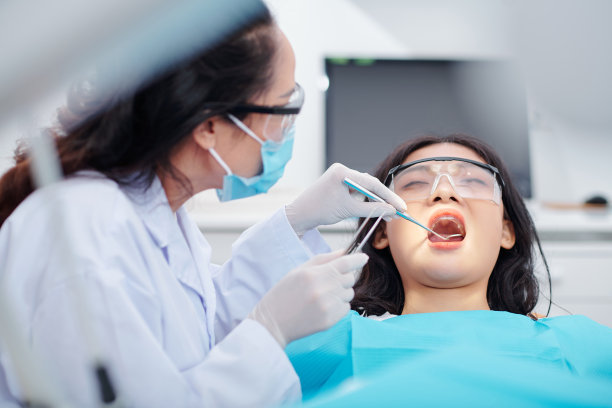Navigating the Journey of Extracting a Tooth Understanding the Procedure Recovery and Aftercare Tips for a Smooth Experience
Summary: Extracting a tooth can be a daunting experience, but understanding the procedure, recovery, and proper aftercare can transform it into a manageable journey. This article provides a comprehensive guide for patients to navigate through the entire tooth extraction process, from initial consultations and what to expect during the procedure to essential recovery tips and effective aftercare strategies. By familiarizing yourself with these aspects, you can ensure a smoother experience that minimizes discomfort and promotes healing. The following sections will equip you with the knowledge to prepare for and facilitate a successful tooth extraction journey.
1. Gaining Insight into the Extraction Procedure

The journey to extract a tooth begins with a thorough consultation with your dentist. During this appointment, your dentist will evaluate your dental health, determine the necessity of the extraction, and explain the process in detail. It’s crucial to express any concerns regarding the procedure, as this will help ease any anxiety you may have.
On the day of the extraction, you will be administered a local anesthetic or sedation, depending on your comfort level and the complexity of the extraction. Understanding how the anesthesia works can alleviate your fears; it numbs the surrounding area, ensuring that you wont feel pain during the procedure while allowing you to remain calm and relaxed.
The extraction itself usually takes no more than an hour, during which the dentist will delicately remove the tooth. After the tooth is extracted, you may receive stitches if the extraction was more complicated. Knowing what to anticipate during this phase will help prepare you mentally for the procedure.
2. Understanding the Recovery Process
Post-extraction recovery is a critical phase that sets the tone for healing. Right after the procedure, you will need to rest for a bit to allow the anesthesia to wear off. During this time, its recommended to avoid strenuous activities to prevent complications. Keeping your head elevated, even while resting, can help minimize swelling and bleeding.
The first 24 hours post-extraction are crucial. You might experience discomfort, swelling, and bleeding. Applying ice packs on the exterior of your cheek can significantly reduce swelling, while over-the-counter pain medications can help control discomfort. Its important to follow your dentists advice regarding pain management, as they might prescribe stronger medications if needed.
In the days following the extraction, your body will begin to heal, though it’s vital to monitor how youre feeling. If you notice excessive bleeding, signs of infection, or heightened pain, its essential to contact your dentist immediately. Remember that healing rates can vary; its normal for full recovery to take a week or more.
3. Ensuring Optimal Aftercare for Healing
Proper aftercare is crucial for a smooth recovery following tooth extraction. First and foremost, be mindful of your diet. Stick to soft foods for the first few days and avoid hot, spicy, or crunchy foods that may irritate the extraction site. Staying hydrated is also crucial, but make sure not to use straws, as the suction can dislodge the blood clot that forms at the extraction site.
Another essential aspect of aftercare is oral hygiene. While it is important to keep your mouth clean, avoid brushing the area directly for the first few days. Instead, gently rinse your mouth with warm salt water after meals to prevent infection and promote healing. This simple solution can significantly reduce bacteria in your mouth without causing irritation.
Lastly, its wise to avoid smoking and alcohol, as they can impede the healing process and increase the risk of complications. Adhering to these aftercare guidelines is vital in ensuring that your recovery is swift and uneventful.
4. Recognizing Signs for Professional Help
While some discomfort is expected after extraction, being knowledgeable about possible red flags can safeguard your health. If bleeding continues for more than 24 hours post-procedure or if you have a sudden increase in pain that does not improve with medication, its crucial to consult your dentist.
Signs of infection include fever, a bad taste in the mouth, difficulty opening your jaw, and persistent swelling beyond a few days. It’s crucial to recognize these symptoms early on as they can require prompt treatment to prevent further complications. Always err on the side of caution—if something feels off, don’t hesitate to seek professional advice.
Ultimately, understanding when to call for help can prevent minor issues from escalating into serious problems, promoting a smoother recovery experience following your tooth extraction.
Summary:
Having a clear understanding of the tooth extraction process, recovery, and aftercare is essential to ensuring a smooth experience. By preparing for the procedure and following the right steps during recovery, you can significantly minimize discomfort and promote healing. Remember to communicate openly with your dentist regarding any concerns, and be proactive in observing your healing process.
This article is compiled by Vickong Dental and the content is for reference only.



